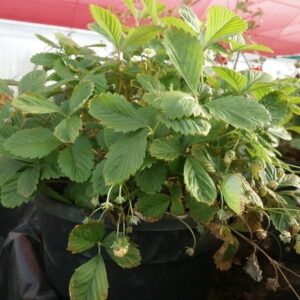
Basil, Greek
₡1,900.00
Out of stock
Related products
-
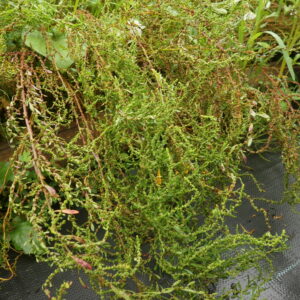
Apazote
Culinary Garden ₡1,900.00 Add to cart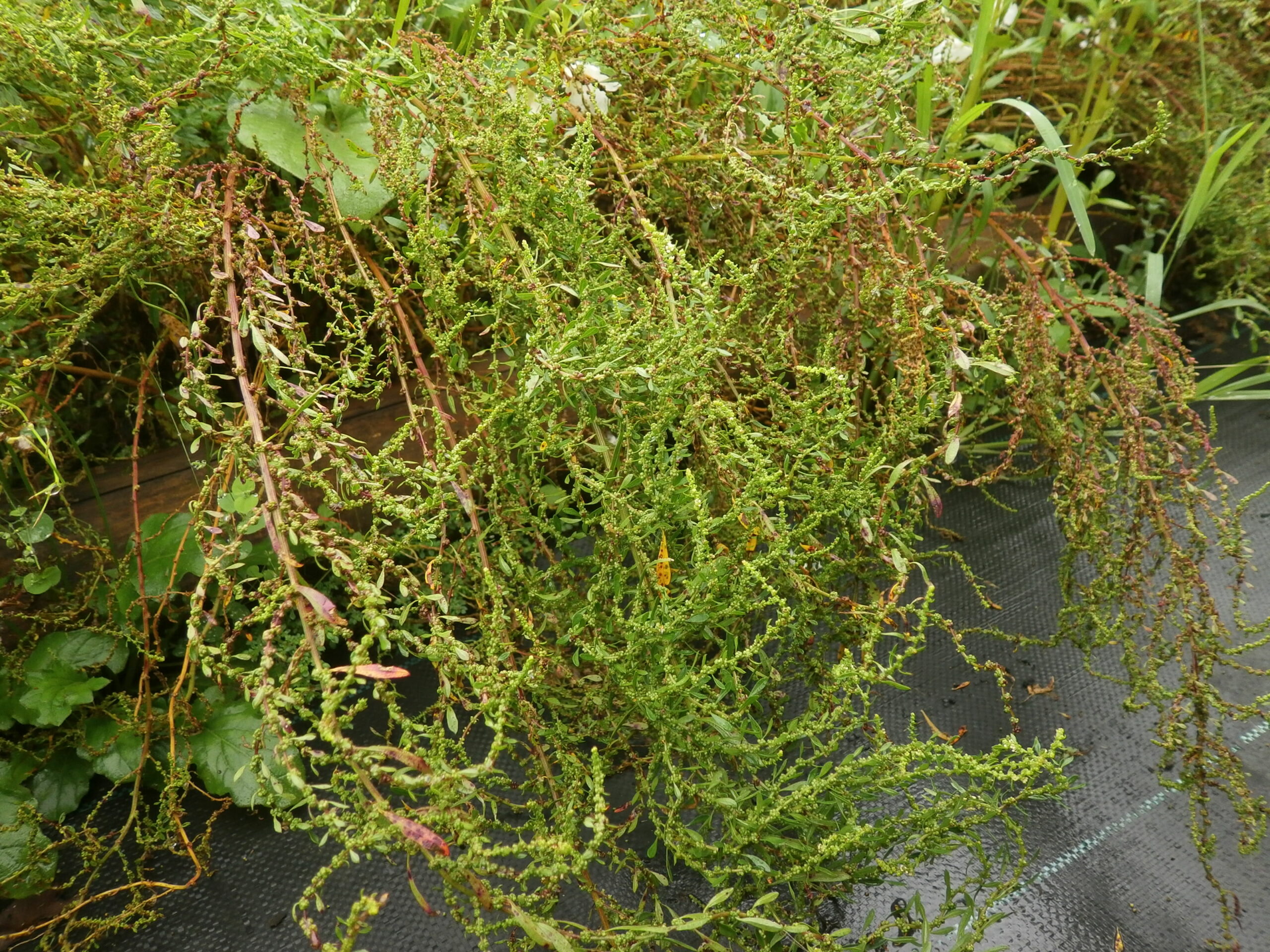
Apazote
₡1,900.00
SKU: 0160 Category: Culinary GardenScientific name: Dysphania ambrosioides
Family: Amaranthaceae
Origin: S Mexico
Medicinal use:In Mexican gastronomy it is used in many dishes, such as corn and esquites, black beans, in some seafood soups such as chilpachole de jaiba, within a wide variety of broths, It is commonly believed that it prevents flatulence caused by consumption of beans. To be used in food, its flowers are removed and it is used as a condiment, adding a deep flavor, with bitter nuances and very aromatic, which is why it is used in moderation.
37 in stock
-
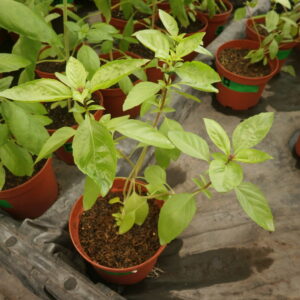
Basil, Thai
Culinary Garden ₡1,900.00 Add to cart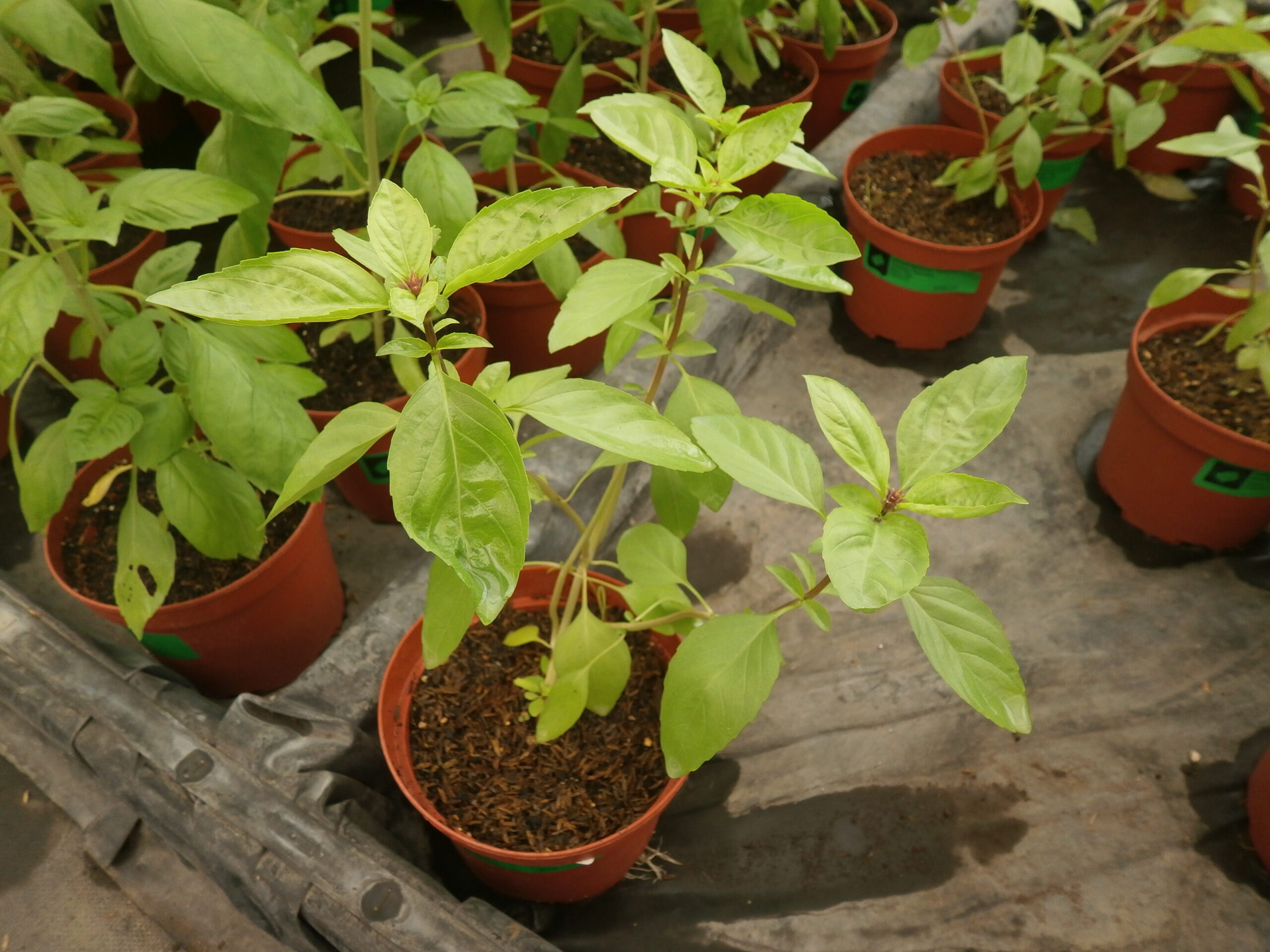
Basil, Thai
₡1,900.00
SKU: 0111 Category: Culinary GardenScientific name: Ocimum basilicum
Family: Lamiaceae
Origin: SE Asia
Medicinal use:Its flavor is highly described and argued, the first flavor that we will recognize is that of anise and we will notice hints of licorice, along with a spicy and sweet flavor. Gastronomy: It withstands high temperatures better than any other type of basil, including its simile, sweet basil. It is very typical in the dishes of Laos, Vietnam, Cambodia, and, of course, Thailand.
45 in stock
-
Out of Stock
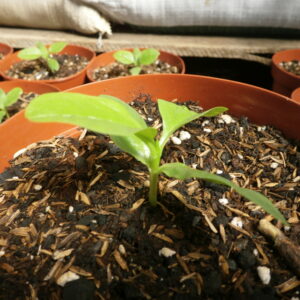
Spinach, Malabar Green
Culinary Garden ₡1,900.00 Read more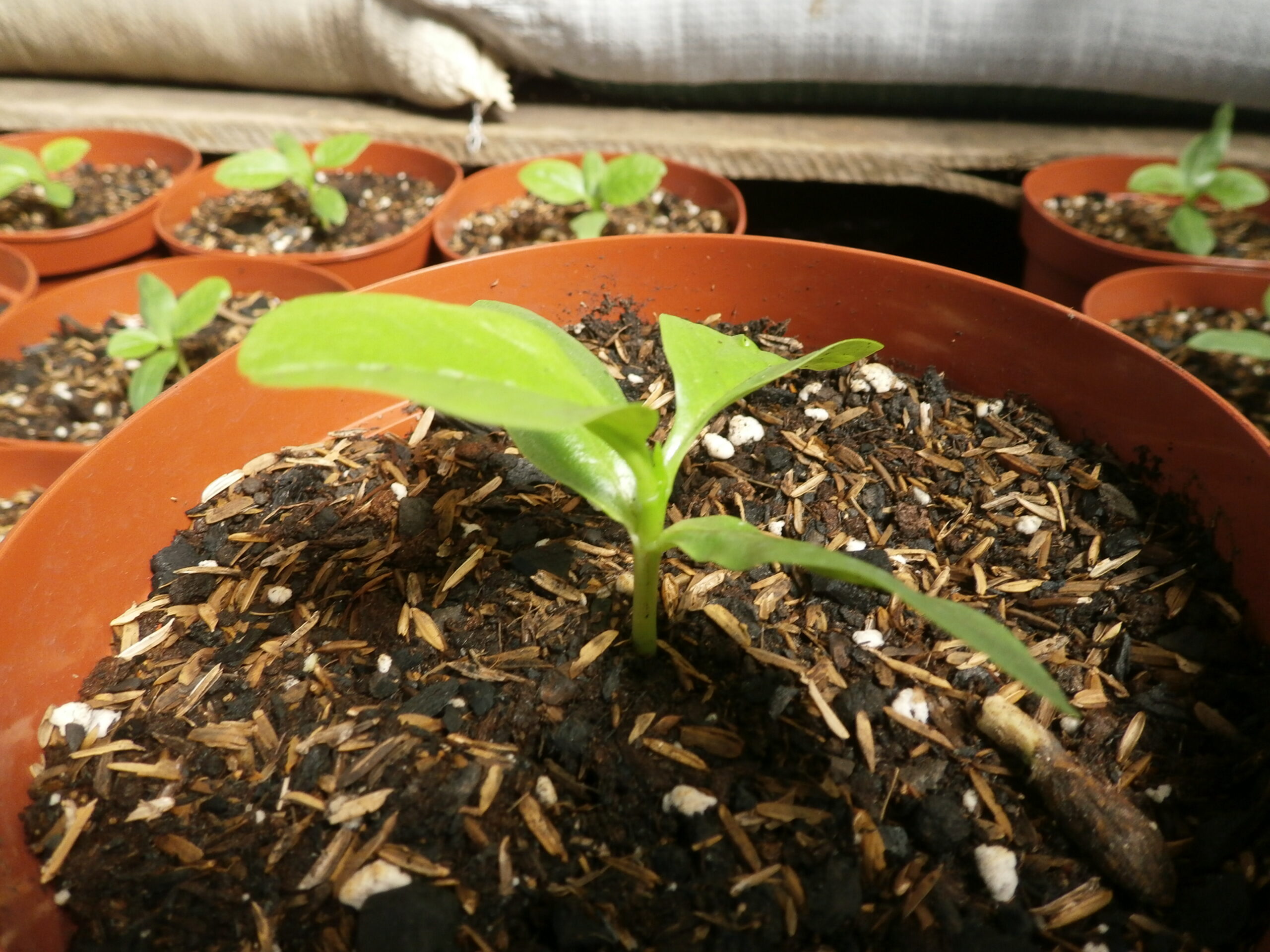
Spinach, Malabar Green
₡1,900.00
SKU: 0715 Category: Culinary GardenScientific name: Basella alba
Family: Basellaceae
Origin: India
Medicinal use:It is a perennial vine, popular in several tropical countries for its edible leaf, unrelated to the commonly known terrestrial spinach. Widely used in Asian cuisine, the culinary possibilities of Malabar spinach include its use to thicken soups, fry or stew with garlic and chili peppers, in salads or steamed with tofu and ginger.
Out of stock
-

Nasturtium
Culinary Garden ₡1,900.00 Add to cart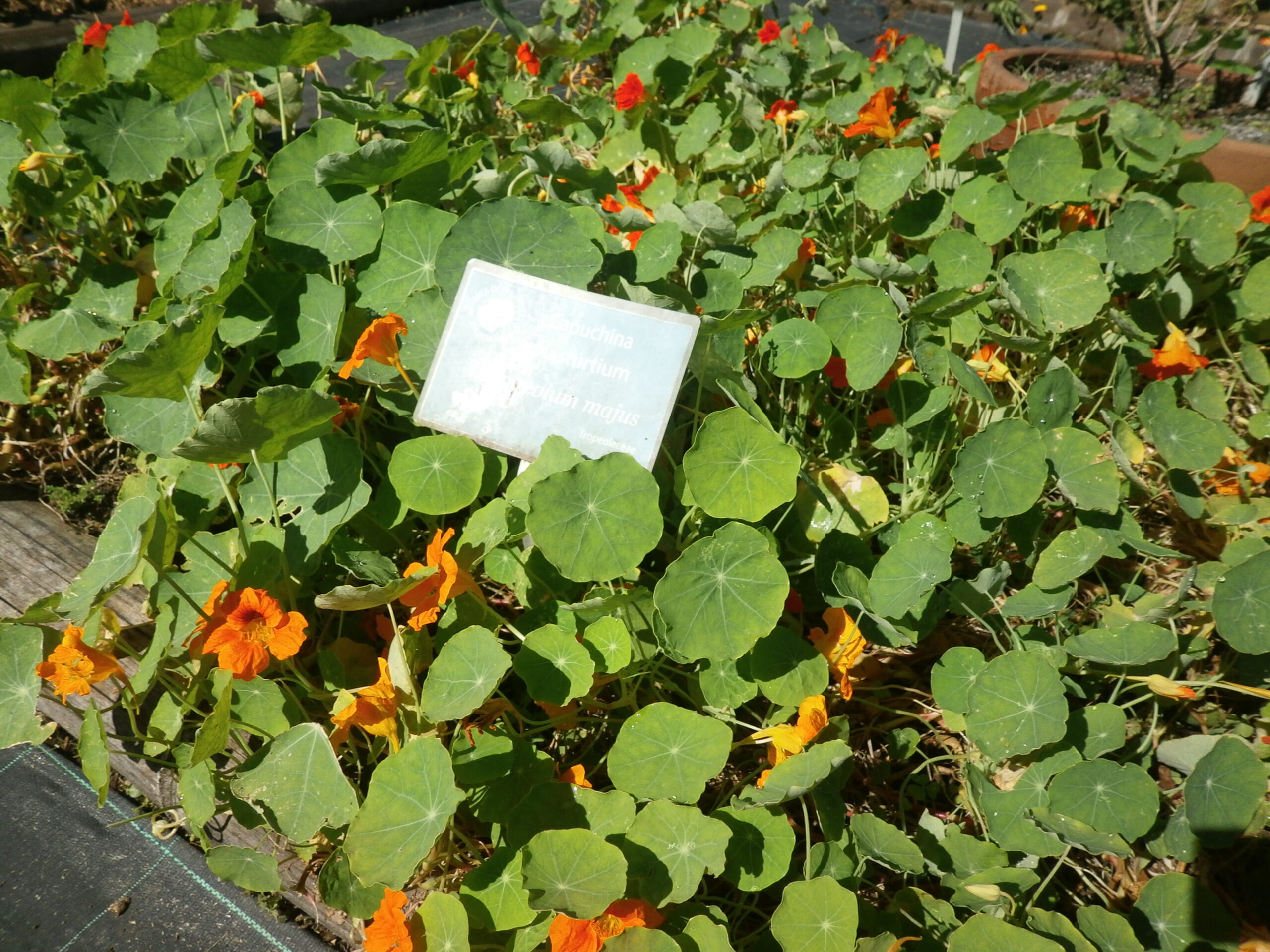
Nasturtium
₡1,900.00
SKU: 0460 Category: Culinary GardenScientific name: Tropaeolum majus
Family: Tropeolaceae
Origin: S America
Medicinal use: In the kitchen, its tender leaves and very finely chopped flowers are used in soups and salads, giving a fresh and spicy flavor reminiscent of pepper or mustard. The flowers, due to their pleasant taste and appearance, are used to decorate meat, fish, salads and vegetables dishes. The plant is especially rich in vitamins and minerals and a remedy used to cleanse the blood, as it supports the body in its detoxification. The flavor of the leaves is slightly spicy. Optically, its crumbled leaves also enrich pasta dishes and pizzas.
39 in stock

